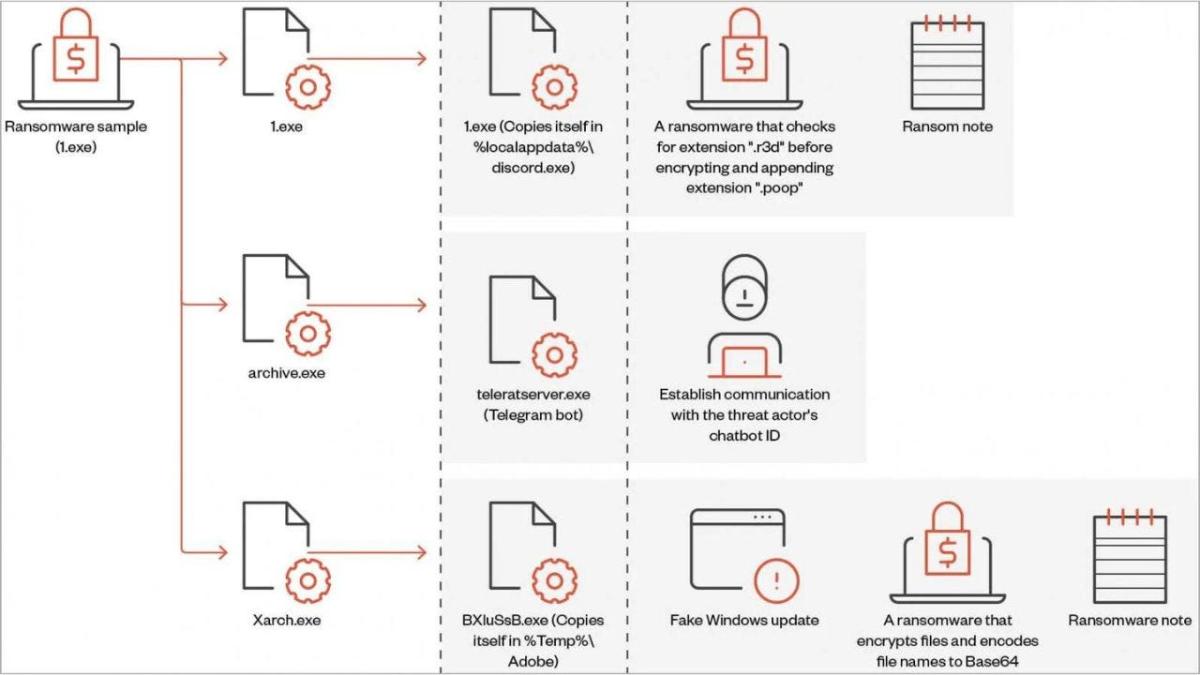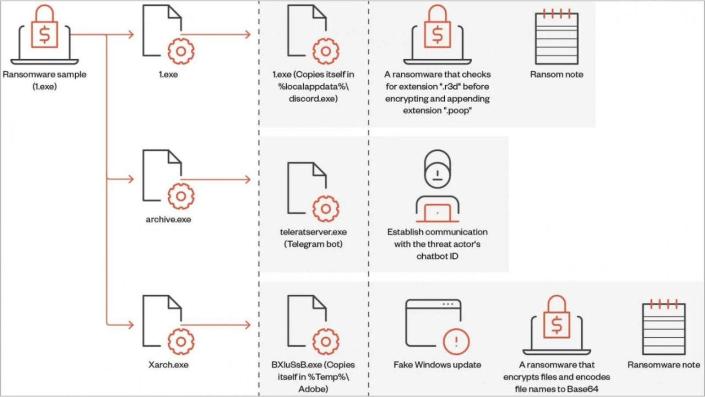Xiaomi announces 13T Pro with promise of four major Android updates
Xiaomi is launching the 13T and 13T Pro today, two smartphones that will benefit from more Android upgrades than what it’s offered previously. Both are due to receive four major Android updates as well as five years of security patches, Xiaomi’s communications director, Daniel Desjarlais, announced earlier this month.
The Xiaomi 13T Pro will start at £649 (€799, or around $790), while the 13T will start at £549 (€649, or around $669), and both will be available starting today in the UK. The phones will primarily be sold in European markets, but based on Xiaomi’s previous smartphone releases, they’re unlikely to be officially available in the US.
A support commitment of four major Android updates and five years of security patches brings Xiaomi more or less in line with what Samsung promises for its latest Galaxy S23 phones and is technically better than the three major Android upgrades Google offers with its latest Pixels. But there’s an important caveat with Xiaomi’s 13T series: they’re shipping with last year’s Android 13 out of the box. So at least one of these Android upgrades is going to be used on updating the phones to this year’s Android 14.
Like Xiaomi’s previous phones, the 13T and 13T Pro once again feature a Leica-branded camera system, though there are fewer hardware novelties this time around. There’s no one-inch-type sensor like we saw with the Xiaomi 13 Pro, nor are Xiaomi buyers getting a 200-megapixel sensor this time around. (It’s probably for the best.) Instead, on both phones, you’re getting 50-megapixel main cameras with a 1/1.28-inch sensor paired with a 50-megapixel telephoto, a 12-megapixel ultrawide, and a 20-megapixel front camera.
Internally, the Xiaomi 13T Pro is powered by a MediaTek Dimensity 9200 Plus processor, while the 13T packs a Dimensity 8200-Ultra. Both have 5,000mAh batteries, but only the 13T Pro can be fast-charged at up to 120W for a full charge in as little as 19 minutes. (The non-Pro 13T tops out at 67W.)
Around front, both phones have a 6.67-inch display with a 144Hz refresh rate, a peak brightness of 2,600 nits (1,200 nits typical), and a…




